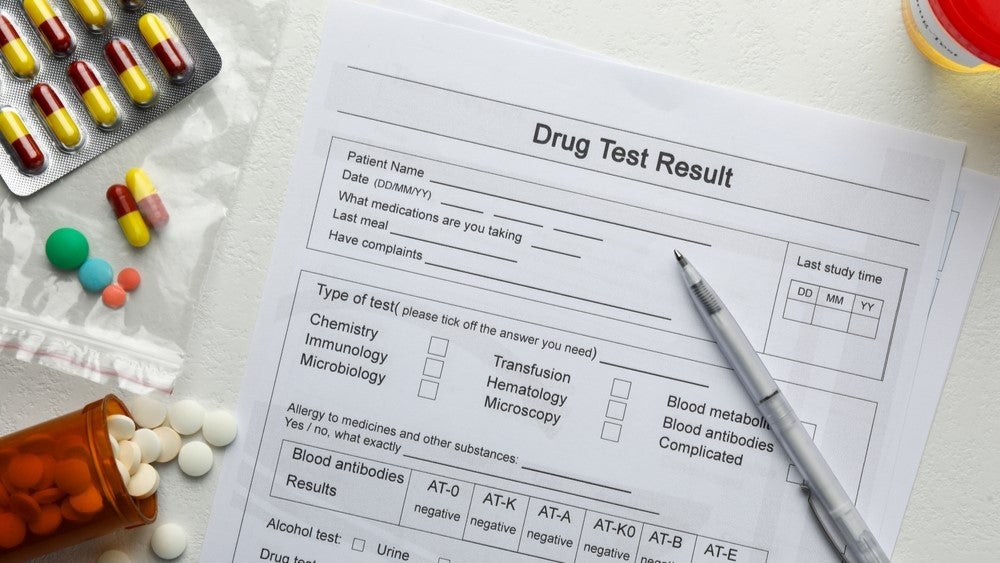US-based company Intelligent Bio Solutions has completed patient screening and will start dosing and sampling in the pharmacokinetic (PK) study for its fingerprint drug screening technology.
The study is expected to support the planned 510(k) submission to the US FDA, intended for Q4 of this year. Intelligent Bio expects the study to complete recruitment by the end of June, with a review of the PK study results expected to be finalised by the end of next month.
The news comes on the heels of last week’s announcement of the company’s decision to shift its “operating structure from a UK-based model to a global framework”. Intelligent Bio plans to enter the US market with its fingerprint drug screening technology during H1 next year.
The Intelligent fingerprinting drug screening system detects the presence of specific drugs and their metabolites using fingerprint sweat analysis. Using a small, tamper-evident drug screening cartridge, the device can collect ten fingerprint sweat samples in under a minute.
The device aims to identify “current impairment”, not past use, as the test has a detection window of approximately 14–16 hours. The test is intended to be used to check for “fitness for duty” on the day and screen for common drugs of abuse such as cocaine, cannabis, methamphetamine and opiates.
The PK study aims to investigate the levels of opiates in fingerprint sweat compared with blood, oral fluid and urine samples. It will recruit 40 healthy adults and analyse the specimens using validated methods such as liquid chromatography, mass spectrometry and the Intelligent fingerprinting drug screening system.
The use of sweat testing as a method of drug detection is being developed by multiple companies. In February, the US Anti-Doping Agency partnered with Epicore to develop a sweat-sensing technology as a method of drug detection.
Epicore’s wearable sweat-collection device, Discovery Patch, comprises a wearable microfluidic patch that captures eccrine sweat directly from the skin during exercise, environmental exposure and pharmacologic modes of sweat induction. Sweat is transferred from the microfluidic patch to clean lab storage containers using a sweat extraction apparatus designed to rapidly collect and prepare sweat samples for biochemical analysis.









